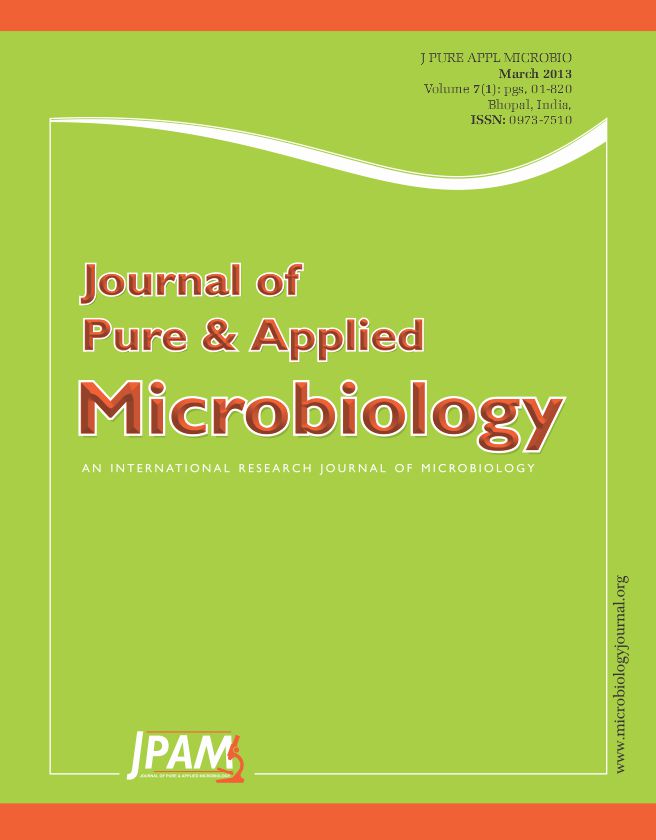A pure bacterium Pseudomonas chlororaphis DJ-4 with the capability of anaerobic growth using m-xylene as carbon sources was isolated from gasoline contaminated soil. The substrate of m-xylene could be completely degraded by Pseudomonas chlororaphis DJ-4 within the incubation time of 12 days and without a significant lag period when the initial concentration was below 150 mg/l, and the degradation rates of m-xylene increased with increasing the initial concentration within the range between 11.6 mg/L and 146.9 mg/L. The cell specific growth rates on m-xylene obeyed the Haldane–Andrew model when the initial concentration was in the range of 10–150 mg l-1. The Haldane–Andrew model parameters were determined by non-linear regression on specific growth rates and various initial substrate concentrations, and the value of maximum specific growth rate, half saturation constant and inhibition constant was 2.56 d-1, 233.9 mg l-1 and 18.1 mg l-1, respectively. The model provided an excellent prediction of the growth kinetics and the interactions between the substrate.
m-xylene, Pseudomonas chlororaphis, anaerobic growth, Haldane–Andrew model
© The Author(s) 2014. Open Access. This article is distributed under the terms of the Creative Commons Attribution 4.0 International License which permits unrestricted use, sharing, distribution, and reproduction in any medium, provided you give appropriate credit to the original author(s) and the source, provide a link to the Creative Commons license, and indicate if changes were made.


